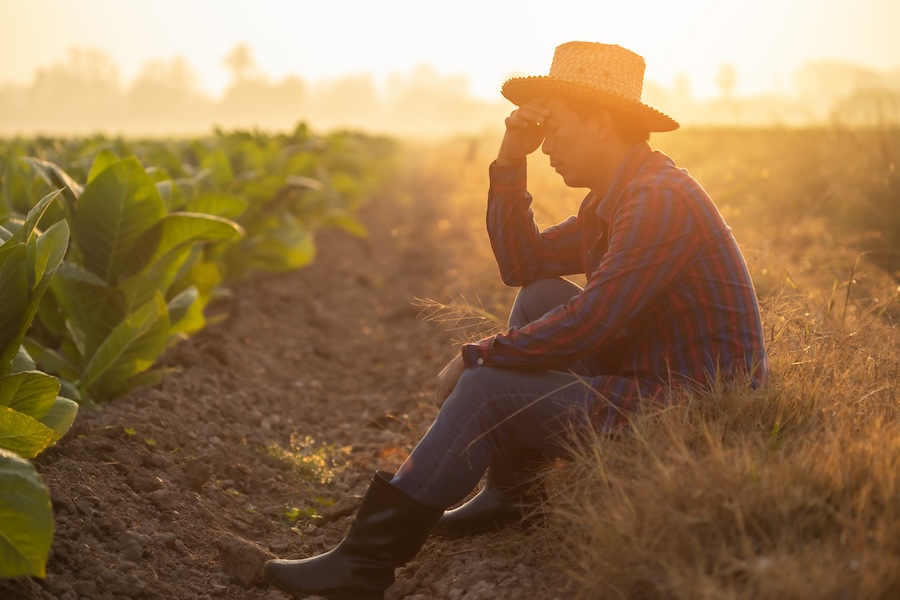“The Little Girl” is fading, so a University of Georgia
specialist says Georgians can expect the standard summer
weather: hot temperatures with hit-or-miss thunderstorms fueled
by high humidity.
Late last year, the subsurface waters near the coasts of Equador
and Peru in South America began to cool. Weather experts call
this event a “La Niña,” Spanish for “the little girl,” said Joel
Paz, an agrometeorologist with the UGA College of Agricultural
and Environmental Sciences.
La Niña is one phase of the El Niño-Southern Oscillation, the
name given to the periodic cooling and warming of the eastern
central Pacific Ocean. An El Niño phase is when the water warms
above the average.
La Niña brings warmer, drier winters and springs to the
Southeast. An El Niño does the opposite, he said. A La Niña
period that extended from fall 1998 through 2001 contributed to
severe drought in Georgia and the Southeast.
The dry, warm weather brought to the Southeast by the latest La
Niña lingers still. Over the past two weeks, daytime
temperatures have been 5 degrees to 10 degrees above normal in
Georgia.
Soil moisture now is rated about 60 percent short or very short,
compared to 46 percent this time last year, according to the
Georgia Agricultural Statistics Service, which surveys UGA
Cooperative Extension county agents for data.
“We are currently on the way back to a more neutral phase,” Paz
said. “But it isn’t like flipping a light switch. The current
dry spell in Georgia can be attributed to the lingering effects
of a La Niña phase.”
It’s tough to figure out what the weather will be like during a
particular day or month, he said. “But it is safe to say that
Georgia’s summer will likely be hot and humid.”
Neutral conditions generally mean rainfall patterns will vary
this summer. It also means there will be nothing to stop
afternoon thunderstorms, or convective rains, from forming
regularly across the state this month.
“Many parts of the state are dry, and farmers are having to run
irrigation for their crops,” he said. “But hopefully in a few
weeks we will be seeing more rainfall. … We certainly need it
now.”
To learn more about neutral, El Niño or La Niña weather phases
and how they affect weather in the Southeast, go to the Web
sites www.georgiaweather.net or www.agclimate.org.





